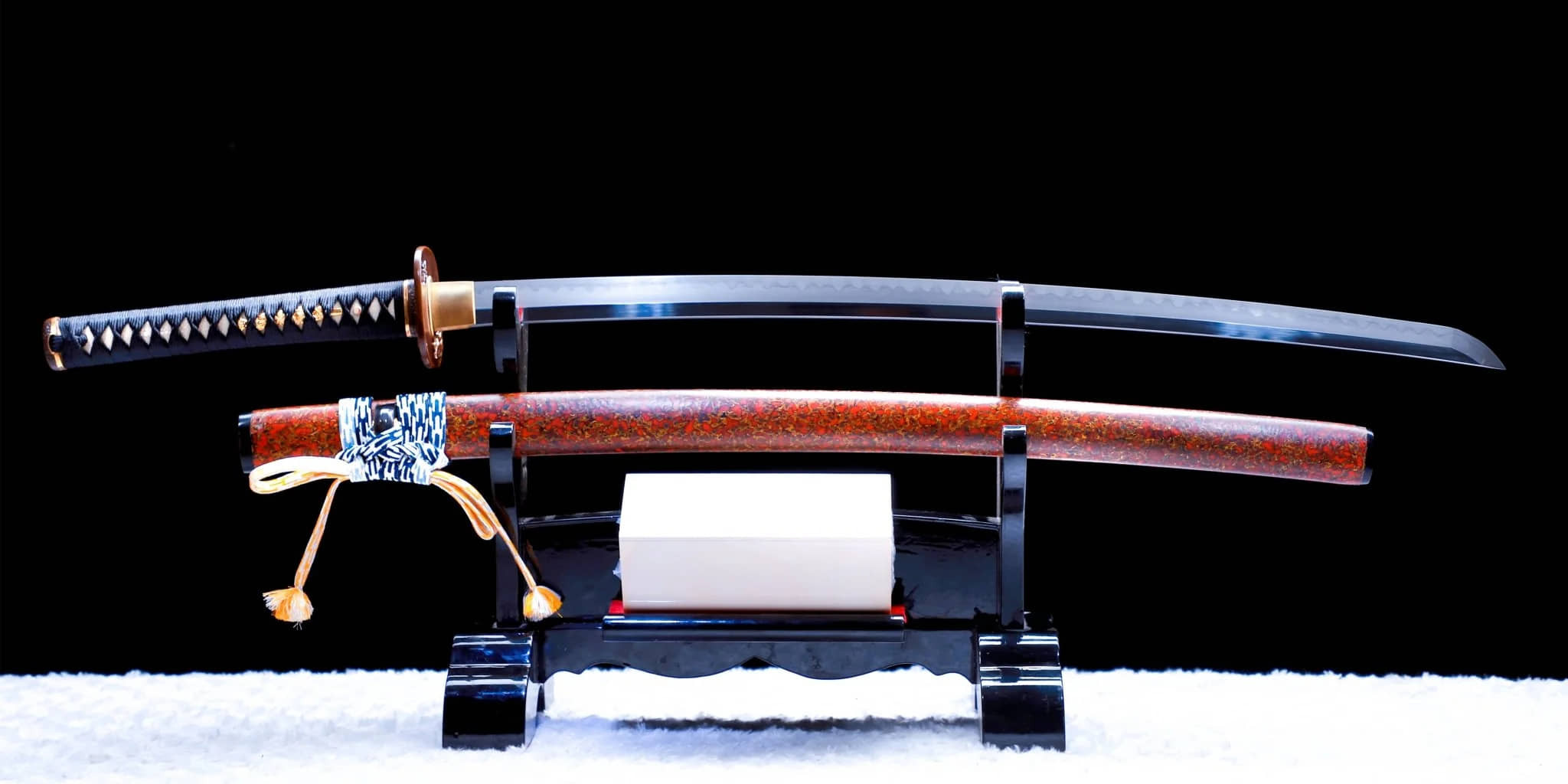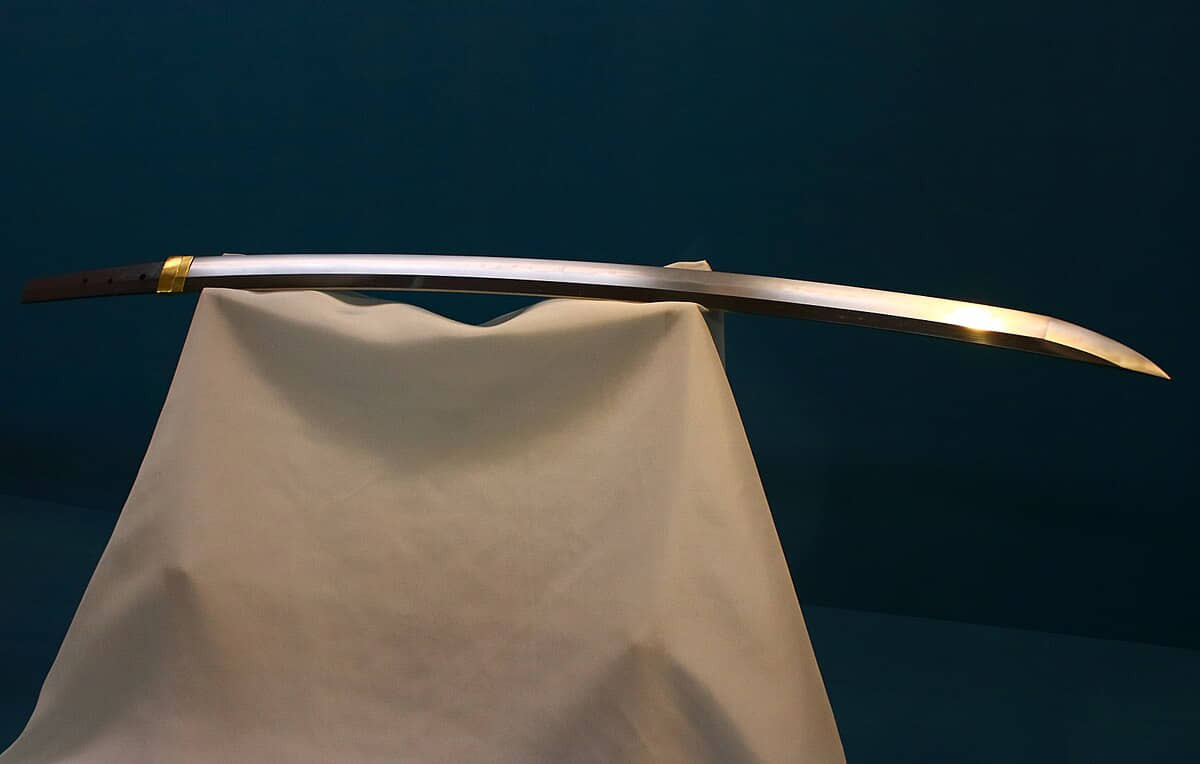The katana is one of the most iconic weapons in history, renowned for its sleek curved blade and association with the samurai warriors of feudal Japan. However, while images of katanas often show them as impressively long swords, their precise dimensions are not always clear. In this article, we will explore the question how long is a katana.
Average Length of a Katana

The average total length of a katana is 105 cm (41.3 inches) or about 3.5 shaku. This measurement takes into account both the length of the curved blade (nagasa) as well as the handle (tsuka). While katanas can vary slightly in size, most fall within the range of 100-110 cm in overall length. So in summary, the typical katana length when measured from the tip of the blade to the end of the handle is a little over 3 feet.
Blade Length (Nagasa)
To determine a katana's blade length specifically, you measure in a straight line from the kissaki (point) of the blade to the habaki (metal collar) at the base, ignoring the curvature. The average nagasa of a katana is around 60-70 cm (23.6-27.6 inches). This blade length classification is important because the Japanese system categories swords over 60 cm as daito, which includes the katana category. So while the overall katana may be 105 cm, the straight-line blade measurement is around 60 cm.
Handle Length (Tsuka)
Traditionally, the length of a katana's handle is approximately 1 shaku, which is 30 cm (11.8 inches). When combined with the average 60 cm blade, this results in the total length of around 90-100 cm before accounting for small variations between individual weapons. The substantial handle allowed for two-handed use of the katana as intended by swordsmiths.
Japanese Measurement Unit (Shaku)
So we've seen shaku used as the standard unit for measuring katanas, but what does this unit actually equate to? The shaku is a Japanese measurement term equivalent to 30.3 cm (11.93 inches). Japanese swordsmiths have traditionally quoted katana dimensions using this shaku unit rather than centimeters, so understanding its value provides important historical context.
Japanese Blade Type Classification
In Japan, blades were organized into categories based on their nagasa length as measured in shaku. Katanas fall under the "daito" category for blades longer than 2 shaku (61 cm). Meanwhile, blades from 1-2 shaku were labeled "shoto" and included wakizashi. Anything under 1 shaku was a "tanto". This historical Japanese system clearly delineated what qualified as a katana versus other blade types.
Why are Katanas Curved?
The curvature of katana blades isn't just for aesthetic reasons - it provides functional benefits as well. The suki or curve allows the katana to be drawn smoothly from its saya scabbard. It also enables the katana to be re-sheathed more swiftly after cutting by guiding the blade back into the scabbard. Additionally, the suki aids in cutting by helping concentrate the force of a cutting strike near the edge.
Conclusion
In conclusion, the average total length of a traditional Japanese katana is approximately 105 cm (41 inches). The blade (nagasa) typically measures 60-70 cm while the handle (tsuka) is around 30 cm. Blades over 60 cm in length fell under the "daito" category that includes katanas. Shaku were the customary units and 1 shaku = 30.3 cm. While dimensions could vary slightly, this provides insight into the standard size of one of history's most iconic swords - the katana.
